A Quiet Release That Shook the Studio
For years, generative‑image tools have staggered under the same complaint: they look like AI. Plastic skin, garish contrasts, and compositions that seem assembled by committee give even the best Midjourney or Stable Diffusion outputs an uncanny sheen. Last week Krea AI, a Barcelona‑based startup, unveiled a model built to kill that “AI look.” Its name—Krea 1 Image Model—is as plain as the ambition behind it is radical.
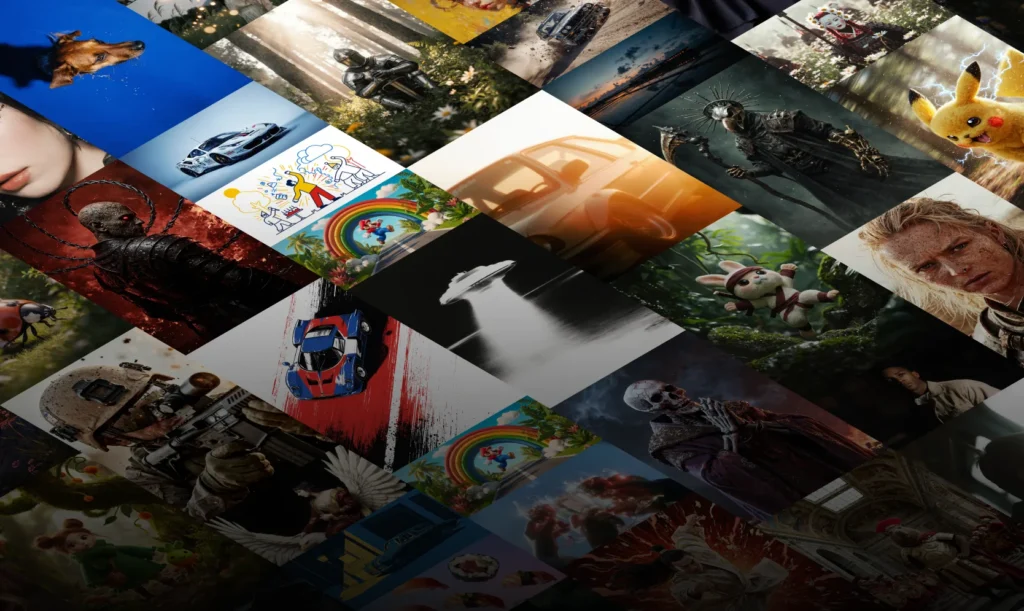
The beta dropped with little fanfare, but word spread fast. Within seventy‑two hours more than 400,000 creators had joined the wait‑list, crowding Discord channels with side‑by‑side tests against Midjourney v6 and DALL·E 3.
Why the “AI Look” Matters
If you sell sneakers, pitch real‑estate, or storyboard film, you know the tell‑tale signs: waxy faces, matte metal, and lighting that drifts toward neon dreamscape no matter what you type. The industry calls it “model bias,” but to art directors it is brand dilution—visual noise that must be scrubbed before an image can ship.
Krea 1 attacks the bias on three fronts:
- Texture science. New diffusion layers preserve micro‑detail in skin, fabric, wood grain, and foliage. krea.ai
- Dynamic camera geometry. The model understands low angles, Dutch tilts, depth‑of‑field blur, and motion streaks without heavy prompt hacks. krea.ai
- Color discipline. Instead of amping saturation, Krea 1 leans on subtle grading—burnished shadow, filmic bloom, chromatic noise—to mimic optics, not CGI.
The result is imagery that passes a quick “is this a photograph?” test far more often than any consumer tool I’ve reviewed since Midjourney’s fourth major release in 2023.
Inside the Engine Room
Krea AI has not published a technical paper, but interviews and product docs sketch the broad strokes:
| Spec | Krea 1 |
|---|---|
| Native resolution | 1.5 K (1536 × 1024) |
| Upscale ceiling | 4 K via integrated upscaler |
| Average generation time | ~7 s for HD preview; full render ~12 s |
| Context control | Text prompt, image‑prompt, style reference, mask‑based remix |
| Fine‑tuning | “Krea Train” accepts up to 50 user images for custom style or product‑specific models |
Those numbers alone do not crown a champion, but the combination—speed, resolution, and turnkey fine‑tuning—makes Krea 1 the first model that can drop directly into a creative pipeline without third‑party scripts or local GPU wrangling.
Real‑World Tests: What You See, What You Fix
Skin and fabric. I prompted “portrait of a runner at sunrise, sweat on brow, cotton hoodie catching rim‑light.” Krea 1 rendered goose‑bump pores and moisture beads that DALL·E blurred into plastic shine.
Complex perspective. A low‑angle shot of a 1967 Mustang roaring down a desert road came back with dust plumes curling across the lens and chromatic aberration around the head‑lights—details that sell motion to the eye.
Style adherence. Uploading a half‑dozen Art‑Deco posters and asking for a “jazz trio on stage, Deco palette,” generated layouts almost indistinguishable from the reference sheet—no tertiary color drift, no rogue gradients. Midjourney needed four prompt iterations to approach parity.
Personalization via Krea Train
Fine‑tuning is not new—Stable Diffusion’s DreamBooth popularized it in 2022—but Krea’s implementation is built for marketers, not machine‑learning engineers. Drag fifty product photos into the browser, wait twenty minutes, and the system returns a private checkpoint that behaves as if your brand aesthetic were baked into the base model. Amazon‑scale sellers can swap seasonal back‑drops without re‑shooting inventory; indie artists can lock a signature brush style once and reuse forever.
Free—Up to a Point
Krea 1 launches in an unusually generous beta: no sign‑up wall, no credit card, a handful of free daily renders. Power users can step up to a paid plan for unlimited generations, 4 K output, and API hooks. By lowering the experimentation barrier, Krea AI is seeding a portfolio of user‑generated marketing collateral that will itself advertise the model. It is a strategy Canva rode to a $26 billion valuation; the difference is that Krea’s product ships with its own generative engine.
Putting It in Context: Midjourney, Stable Diffusion, DALL·E 3
| Feature | Krea 1 | Midjourney v6 | DALL·E 3 |
|---|---|---|---|
| Photorealism (faces, fabrics) | ★★★★☆ | ★★★☆☆ | ★★★☆☆ |
| Native resolution | 1.5 K (4 K upscale) | 1024 px | 1024 px |
| Prompt adherence | High | Medium | High |
| In‑browser editing | Yes (real‑time) | No (Discord workflow) | Limited (inpainting only) |
| Custom fine‑tune | Yes (Krea Train) | No | No |
| Speed (HD preview) | 7 s | 15 s | 12 s |
| Pricing | Free tier → subscription | Subscription | Pay‑per‑image |
Midjourney still offers unmatched painterly flourish; DALL·E anchors the OpenAI ecosystem with ChatGPT integration; but for photographic fidelity straight from a web canvas, Krea 1 now sets the pace.
Who Should Care—and Who Should Wait
- E‑commerce teams that burn budget on studio shoots for linen shirts or ceramic mugs should trial Krea 1 today.
- Film & TV pre‑vis departments will value the extreme camera‑angle support for storyboarding.
- Graphic‑design studios may adopt Krea 1 as a co‑draftsman—a place to rough concepts before Illustrator refinement.
- Heritage ad agencies tied to brand‑safe color rules should, however, test bias and copyright filters before committing; Krea’s policy stack is still maturing compared with Adobe Firefly.
The Business Chessboard
Krea AI’s new model arrives as the image‑generation arms race heats again:
- Google’s Imagen 4 merged into Gemini on 12 June, placing a free pipeline inside every Gmail tab.
- ByteDance’s Seedream 3.0 pushed 2 K video frames through TikTok’s backend.
- Runway Gen‑4 is rumored for Q3.
Against giants with infinite capital, Krea’s moat is taste—an engine built to eliminate retouching steps that cost professionals real hours. If it can keep that edge while scaling GPU clusters, it may survive as the Figma of generative art: nimble, opinionated, indispensable.
Final Take
Krea 1 does not merely reduce artifacts; it rewrites expectations for how little effort should be required to obtain a production‑ready image from text. In doing so, it functions less like a novelty generator and more like a camera—one that obeys natural optics, lighting physics, and the messy texture of the world outside our screens.
The beta is open. The renders are free. The only cost, for now, is whatever comfort you still take in the border between human craft and silicon muse. That border just blurred a little further.
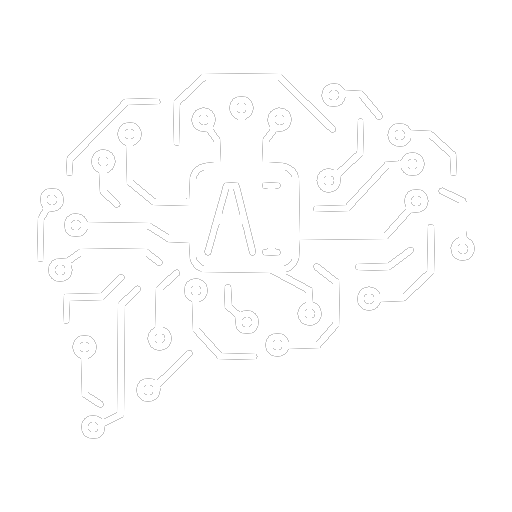


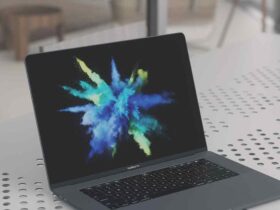
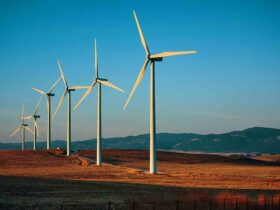



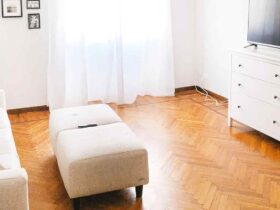


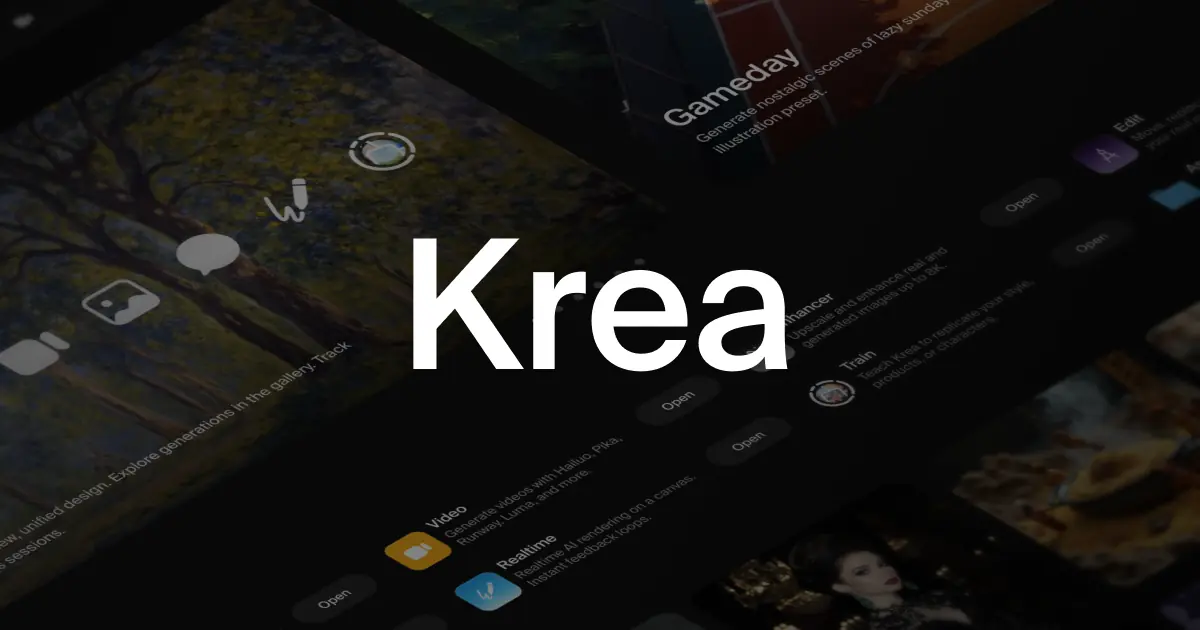
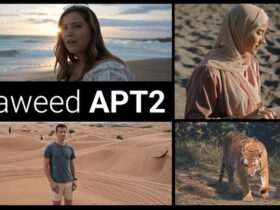
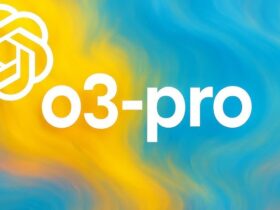
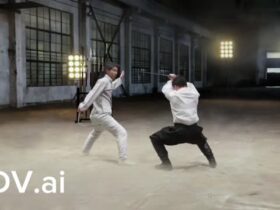
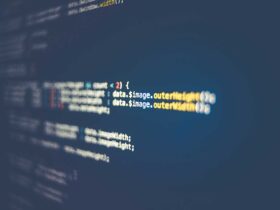
Leave a Reply